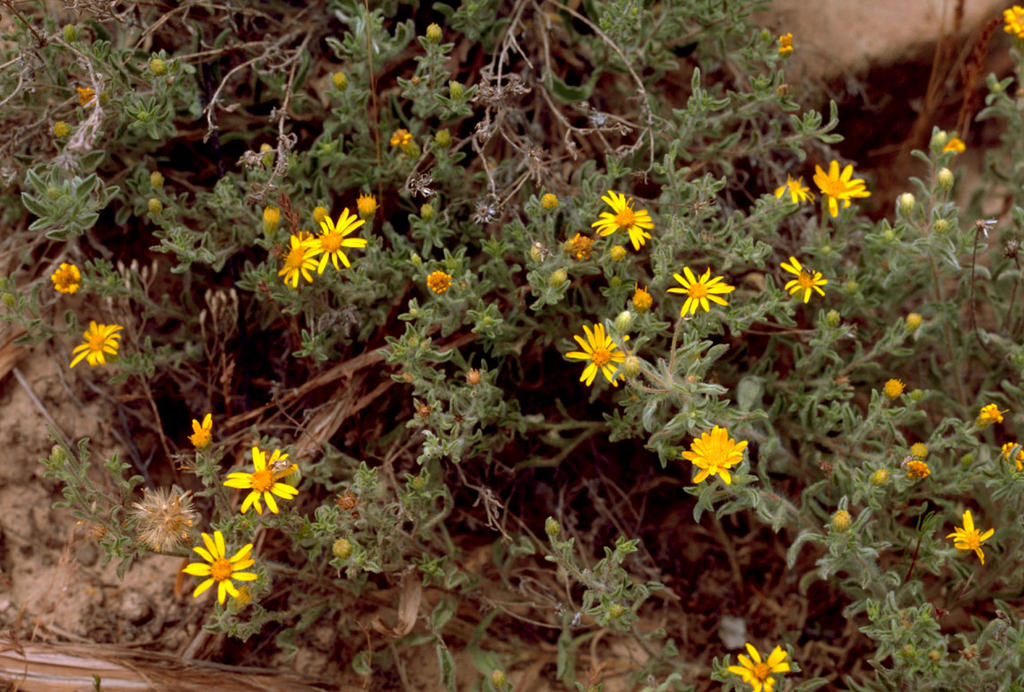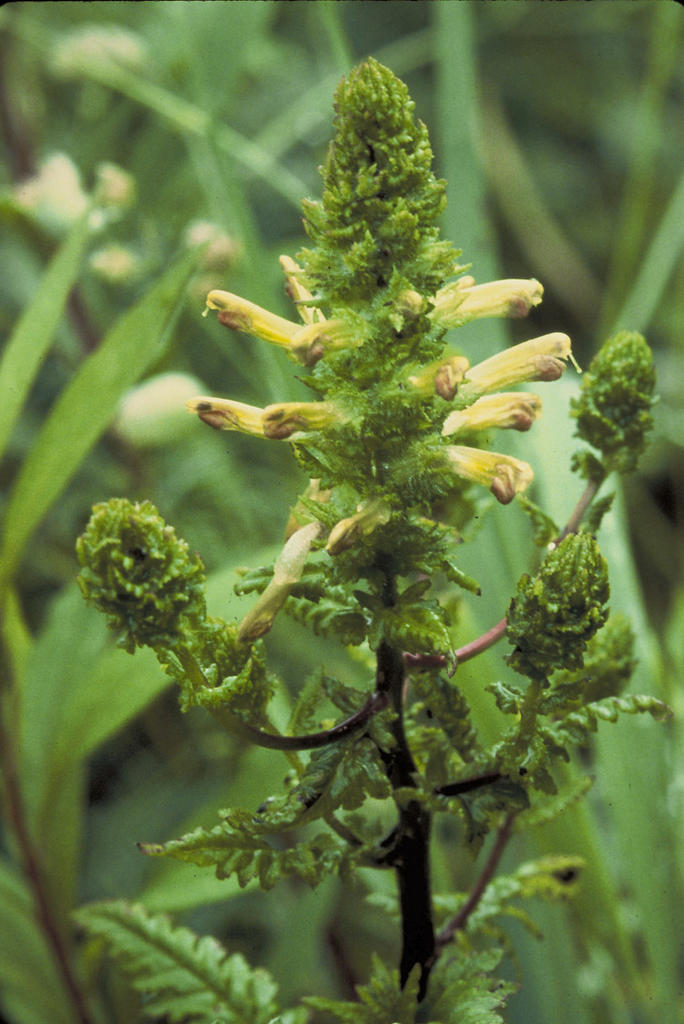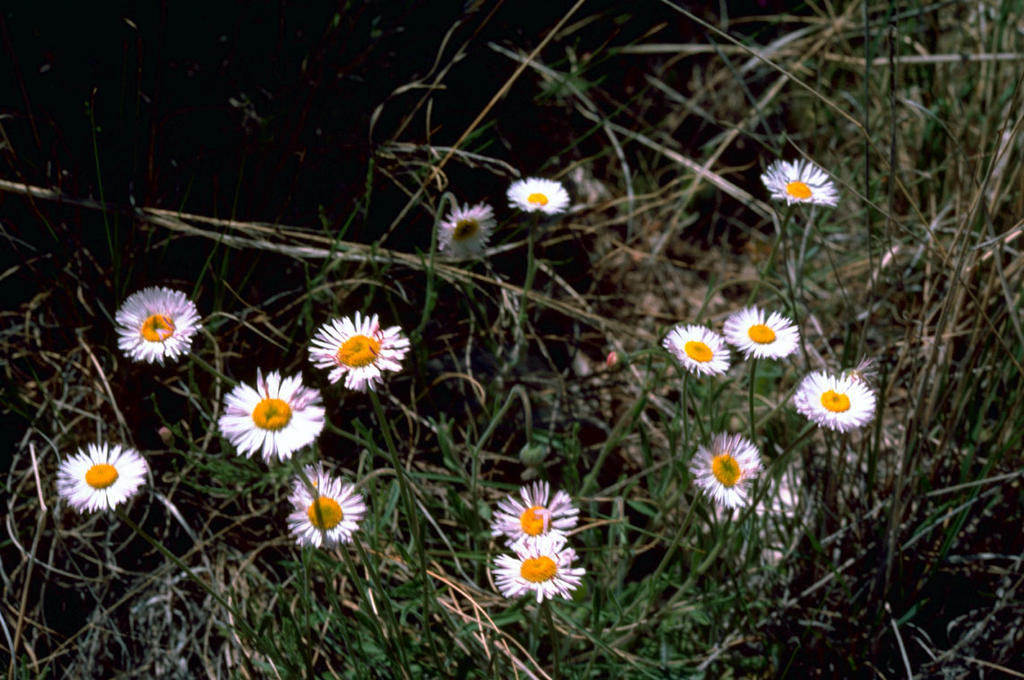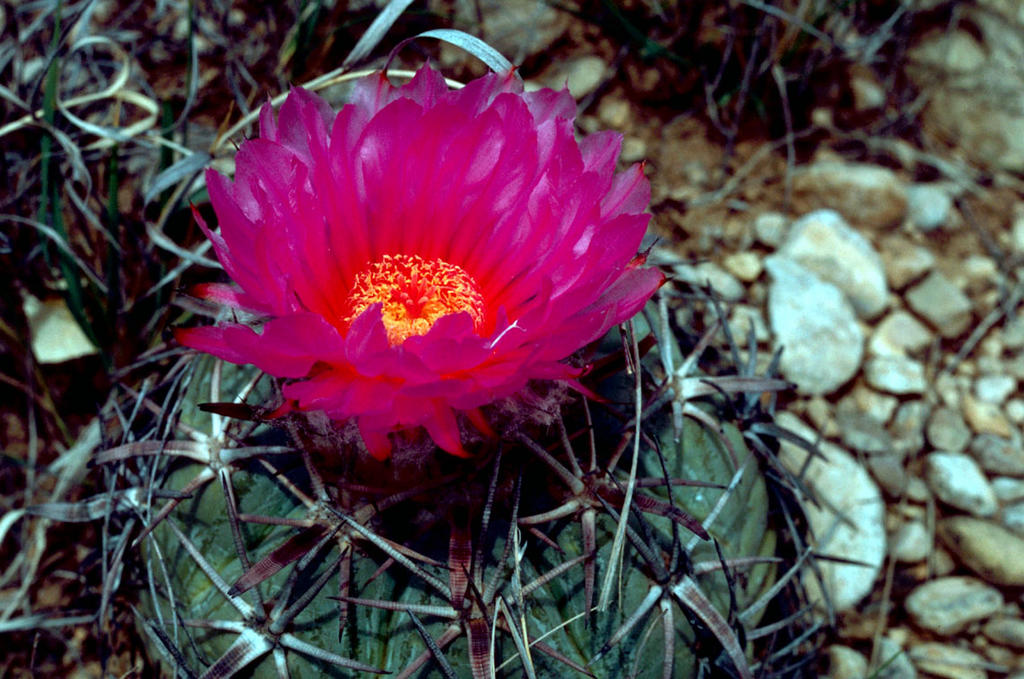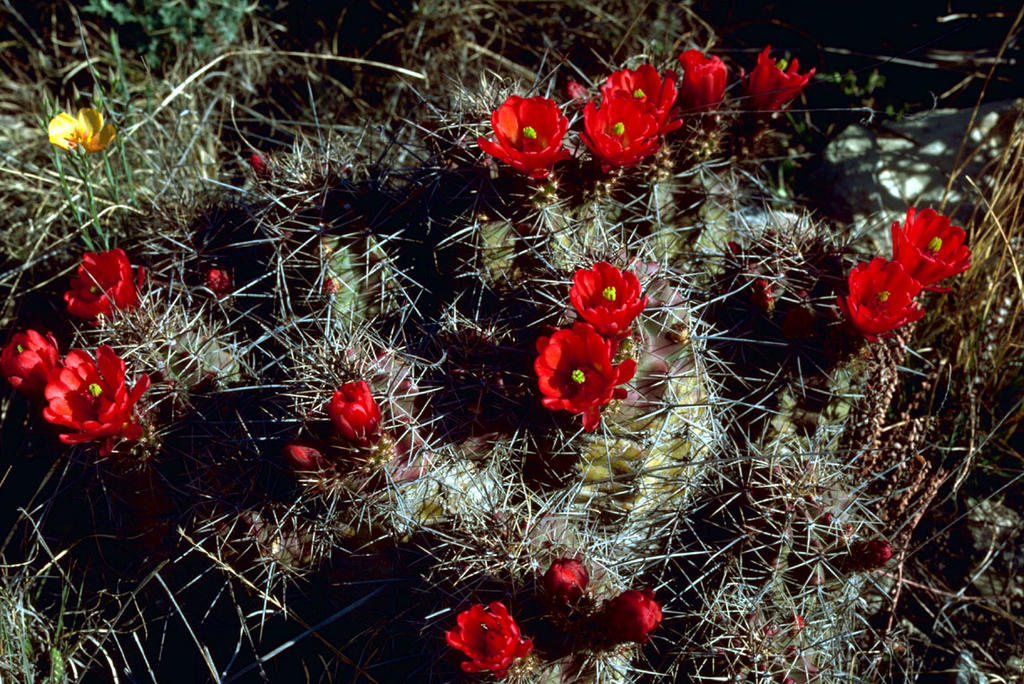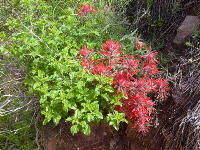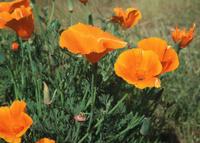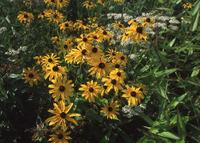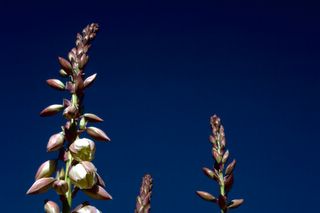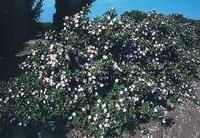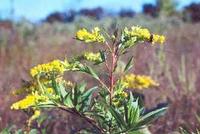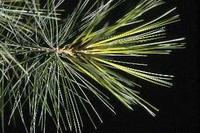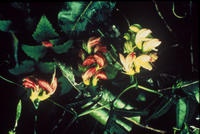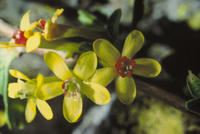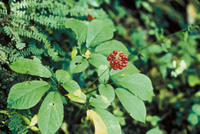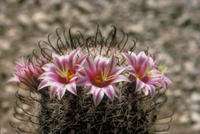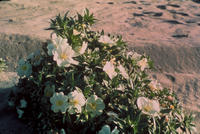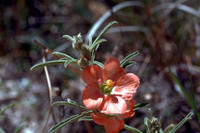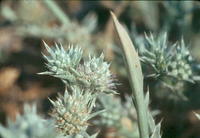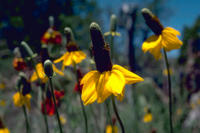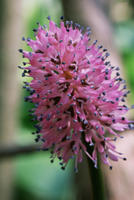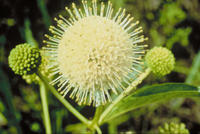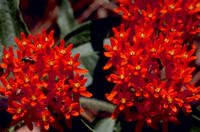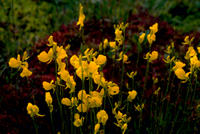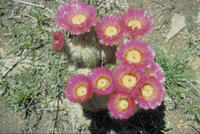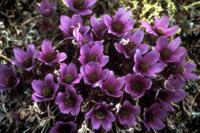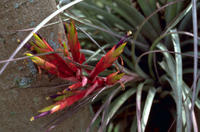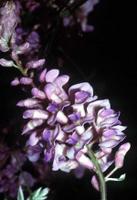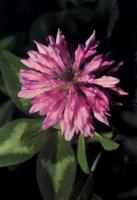Hawaiian vetch (Vicia Menziesii) FREE COLOR PHOTO: Hawaiian vetch (Vicia Menziesii) Spreng. Hawaiian wild broad bean, Symbol: VIME, Group: Dicot, Family: Fabaceae, Growth Habit: Vine Forb/herb, Duration: Perennial, U.S. Nativity: Native. View 200 genera in Fabaceae, 36 species in Vicia Hawaiian wild broad bean (Vicia menziesii) is a vine found on the eastern slopes of Mauna Loa and Mauna Kea on the Island of Hawai`i. This branching plant climbs to the subcanopy of the forests that it inhabits and reaches lengths of up to 60 feet.
Each vine may produce 200 or more pinkish-rose flowers, as we see in this example that hang from it's thin, green stalk. Vicia menziesii is Hawai'i's First Officially Listed Endangered Plant Species (USFWS 1978a). Hawaiian wild broad bean (vetch) exists on 1 site (Hawai`i) and consists of 2 populations that contain 15-50 individuals (larger population at Keauhou-Kilauea (USFWS 2001)
Title: Hawaiian wild broad bean (vetch), Alternative Title: (Vicia Menziesii), Creator: Lemoureux, C., Source: WO-2582-CD-44B, Publisher: U.S. Fish and Wildlife Service, Contributor: DIVISION OF PUBLIC AFFAIRS, Language: EN - ENGLISH, Rights: (public domain), Audience: (general), Subject: Botany, Plants, Plant, vetch.
Unless otherwise indicated, resources in the Digital Library System are in the public domain. No restrictions or copyrights are placed upon these materials. You may credit the source of the resource using the information contained in the "Creator" or "Rights" field of the resource record.
USDA, NRCS. 2005. The PLANTS Database, Version 3.5 (plants.usda.gov). Data compiled from various sources by Mark W. Skinner. National Plant Data Center, Baton Rouge, LA 70874-4490 USA.
This file is a work of a U.S. Fish and Wildlife Service employee, taken or made during the course of the person's official duties. As a work of the U.S. federal government, the file is in the public domain.
Generally speaking, works created by U.S. Government employees are not eligible for copyright protection in the United States. See Circular 1 "COPYRIGHT BASICS" PDF from the U.S. Copyright Office.
Kingdom Plantae – Plants, Subkingdom Tracheobionta – Vascular plants, Superdivision Spermatophyta – Seed plants, Division Magnoliophyta – Flowering plants, Class Magnoliopsida – Dicotyledons, Subclass Rosidae –, Order Fabales –, Family Fabaceae – Pea family, Genus Vicia L. – vetch, Species Vicia menziesii Spreng. – Hawai'i vetch.
public domain, royalty free, copyright free, high resolution, images, stock photos, jpeg, jpg, free for commercial use, clip art, clipart, clip-art.









